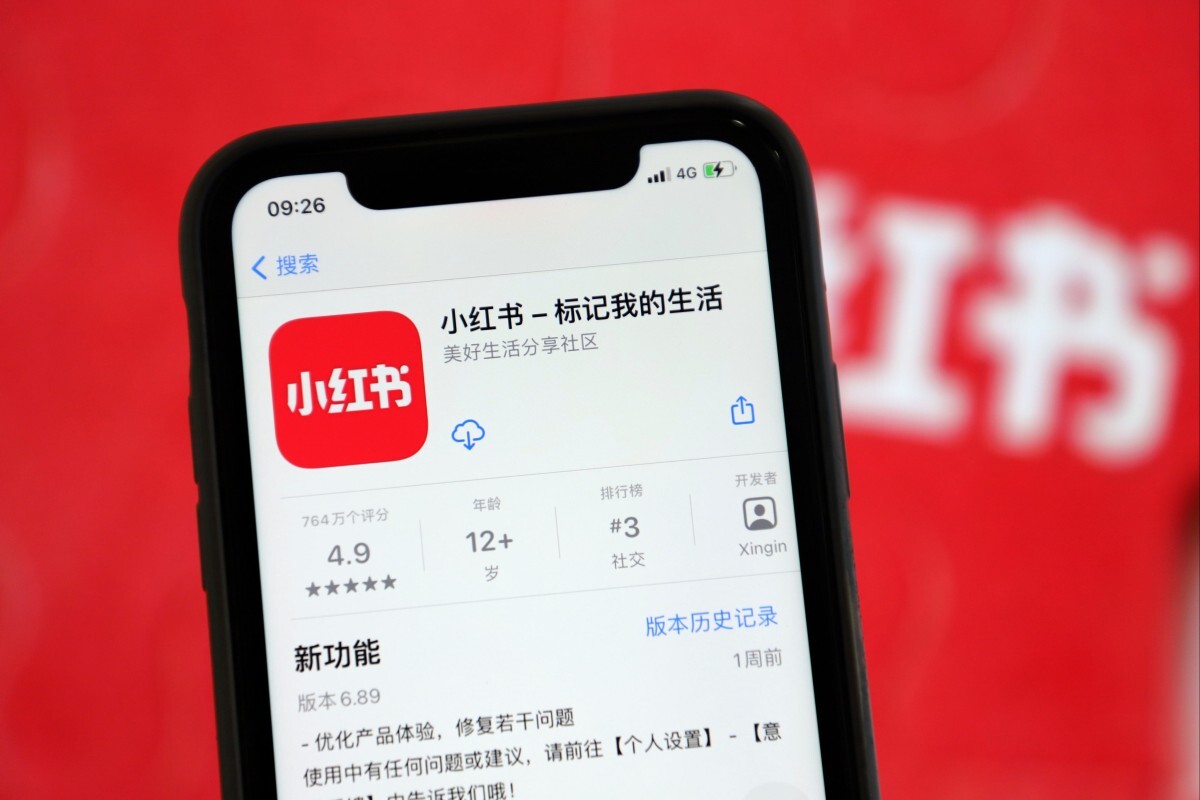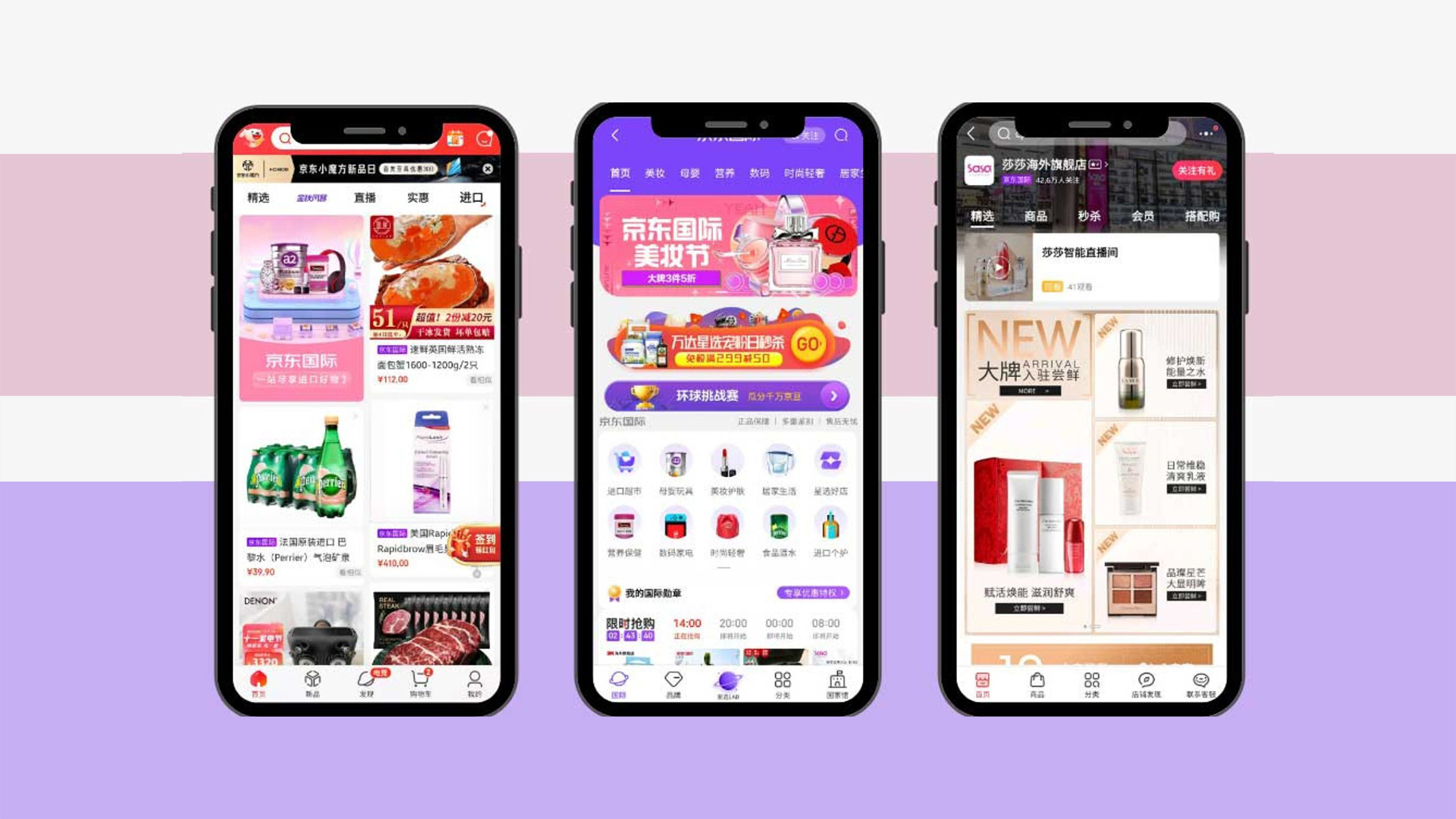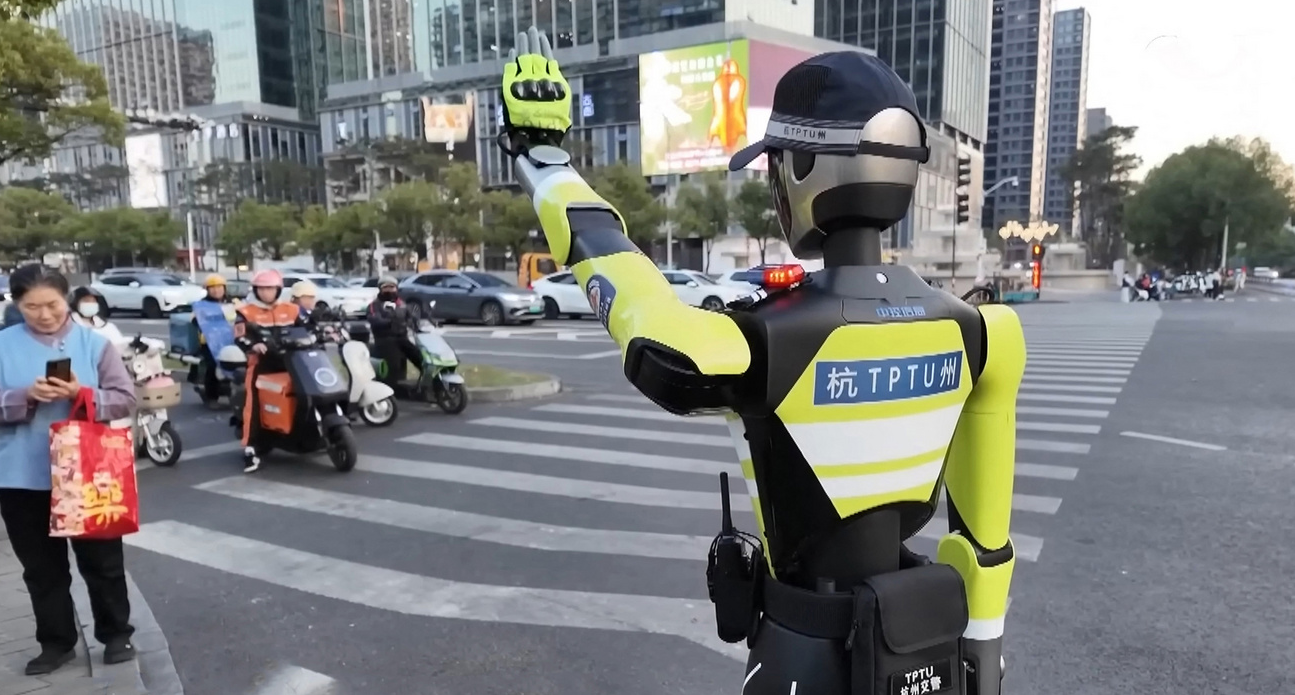Novel coronavirus Covid-19 continues to have a huge impact on lives across the globe. In China, where the deadly disease first emerged, people have spent more than two months grappling with the virus and its effects on daily life, with millions confined to their homes. Wuhan, the city at the center of outbreak, lifted many of the lockdown restrictions on its residents at midnight on April 8, but life will not get “back to normal” for quite some time — and even then “normal” may not look the same as before the disease’s spread.
Different areas of China have responded to the virus in different ways, with varying levels of strictness when it comes to quarantine and confinement measures. One thing that has united many individuals’ experiences during this time however, has been the internet. Between January 14 and February 4, total time online increased 20.8% in China, with about 7 hours spent on mobile phones each day.
So what did that look like? In the below video, we document the experiences of life under social distancing measures — and highly online — in China. We follow the journey of a young woman in Shanghai as she uses 13 separate apps to follow Covid-19 news, buy groceries, order medicine, work out, and purchase consumer goods through livestreaming.
Of course, this is just one experience in one of China’s most developed cities, but it highlights how Chinese internet infrastructure has developed to include dozens of apps that have hundreds of millions of monthly active users taking care of a wide variety of tasks through their phones.
9:00 AM Wake up, check WeChat — the biggest messaging platform in China with over 1 billion monthly active users. WeChat started out as a simple messaging app, but has since evolved into a super app, with the ability to pay, order takeout, or hail a rideshare all within the same app. A lot of people in China spend large amounts of time in WeChat because of this, getting their news, business, and personal updates there. Here, we see Carol checking real time data about the Covid-19 outbreak from an official account in WeChat.
As Carol brushes her teeth, she browses through Douyin, which is the Chinese version of TikTok. Douyin has over 400 million daily active users, and is one of the most popular social media apps in China. Its main competitor is Kuaishou, which is another short video platform, but its users mainly reside in third tier cities or below (i.e. lesser developed urban centers).
While getting ready, Carol listens to music via NetEase Music, which is a free music streaming app that’s popular in China. Its main competitors are QQ Music, Kuwo Music, and Kugou Music.
Related:
 China Explained: How Tencent Came to Dominate Music Streaming in ChinaWith strategic investments in rivals and rumored bids for Universal in the offing, Tencent is making some big moves on China’s music streaming sceneArticle Mar 11, 2019
China Explained: How Tencent Came to Dominate Music Streaming in ChinaWith strategic investments in rivals and rumored bids for Universal in the offing, Tencent is making some big moves on China’s music streaming sceneArticle Mar 11, 2019
10:00 AM Carol opens up Tencent Meetings, a video conferencing app much like Zoom. Its main competitors are DingTalk by Alibaba, BizConf Telecom, and XYlink, among others.
11:30 AM Carol runs out of allergy medication and opens Ele.me, the second largest food delivery app in China (owned by Alibaba), surpassed only by Meituan, yet another super app that leads the market in the food delivery space. Carol orders some allergy medicine as well as her lunch, then pays for her order with Alipay, the Alibaba-owned mobile payments app which is integrated into Ele.me.
12:45 PM Carol’s Ele.me orders arrive and she goes downstairs to retrieve her order, which has been placed in a communal area within her neighborhood as part of the contactless delivery practices that are standard across China now.
1:00 PM As Carol eats lunch, she opens up Douyin again, and watches some livestreams from both influencers as well as merchants. She makes some purchases and donations all within the app during the livestreams.

3:30 PM As Carol works through the afternoon, she decides to go to Starbucks, and makes an order via the Starbucks app ahead of time. As she exits her neighborhood, she must present her resident pass, and when she enters the Starbucks, she must get her temperature checked. When she re-enters her neighborhood, she must get her temperature checked once again, and must also present her “health code” which is a QR code unique to each individual signalling their risk level of being infected. Most establishments will only let people in with a green health code these days. Users generally access their health code via Alipay or WeChat.
4:20 PM Carol is feeling a bit stiff so she opens up Keep Fitness, the largest fitness app in China with over 200 million users. It offers a variety of pre-recorded workouts and livestreamed classes for users to workout at home.
Related:
 6 Ways China Has Turned to Tech to Tackle the CoronavirusAttempted technological solutions have come to the fore as China grapples with 2019-nCoVArticle Feb 05, 2020
6 Ways China Has Turned to Tech to Tackle the CoronavirusAttempted technological solutions have come to the fore as China grapples with 2019-nCoVArticle Feb 05, 2020
After working out, Carol opens up Xiachufang, a recipe sharing app that has garnered over 20 million users since the coronavirus outbreak. She finds a recipe to try and then opens up the Hema app to order the ingredients she’s missing. Hema is Alibaba’s popular futuristic grocery store chain, with its own app to both order delivery as well as enhance the in-store experience.
5:50 PM Carol receives a notification from Taobao, the largest C2C (consumer-to-consumer) ecommerce platform in China by far, that a package has arrived.
6:00 PM Carol goes down to retrieve her Taobao package from the electronic lockers in her neighborhood, and picks up her Hema delivery as well.
7:00 PM As Carol waits for her meal to cook, she invites her friend to play a round of cards via a WeChat mini game. Mini programs and mini games in WeChat are very popular, and are another way that WeChat makers Tencent keep users within the WeChat ecosystem for everything from games to work.
7:30 PM As Carol prepares to eat, she opens BiliBili, a popular video sharing platform similar to YouTube with over 130 million monthly active users.
8:30 PM After finishing dinner, Carol scrolls through Weibo, which is a popular social media platform often likened to Twitter. Weibo boasts 516 million monthly active users.
10:00 PM As Carol prepares to go to bed, she listens to an audiobook on Ximalaya, the leading podcast and audio app in China, with 500 million users on the platform spending an average of 150 minutes a day on the app.
Interested in these insights? For more information, client services, or collaborations, contact our business team at [email protected]
















